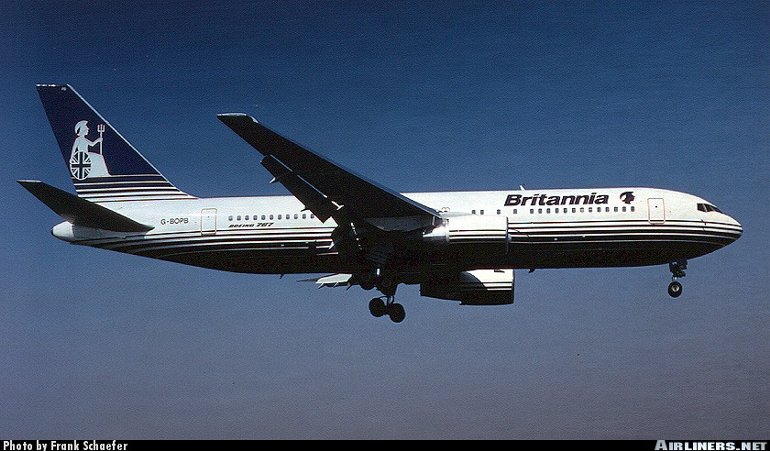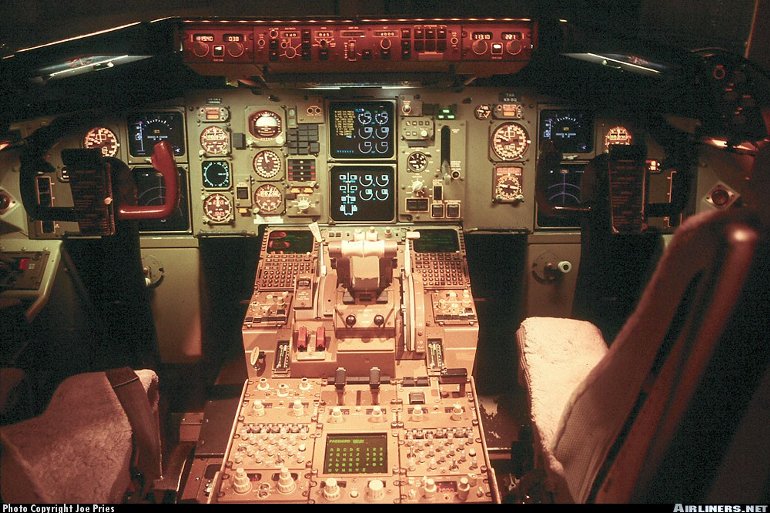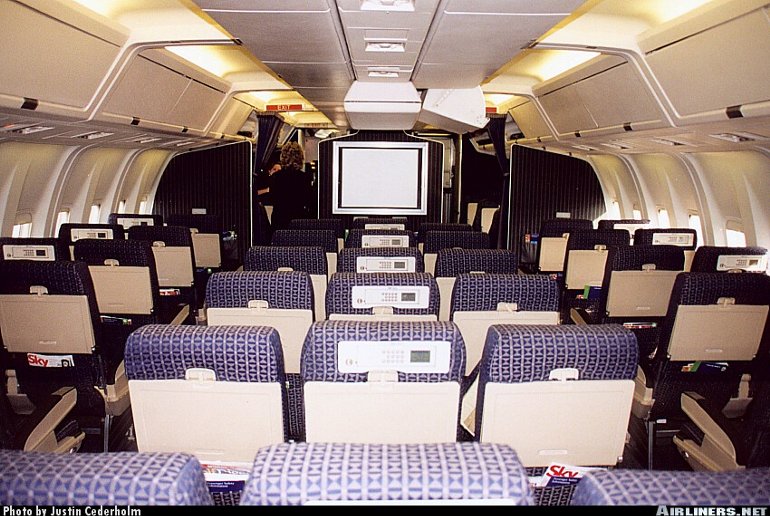Aircraft Technical Data
Boeing 767-200



| Details | |
| Country of Origin | United States of America |
| Type | Medium to long range widebody airliner |
| History | The narrowest widebody in service, the 767 started life as an advanced technology mid to large size airliner in the late 1970s. Launched in July 1978, the 767 was developed in tandem with the narrowbody 757 with which it shares a common two crew EFIS flightdeck (with six colour CRT displays) and many systems. The 767 also features a unique width fuselage typically seating seven abreast in economy, and a new wing design with greater sweepback (compared to the 757) which was designed with high altitude cruise in mind. The 767 program also features a high degree of international participation, with Japanese companies in particular having a large share of construction. Initially Boeing intended to offer two versions, the longer 767-200 and short fuselage 767100 (which was not launched as it was too close in capacity to the 757). The 767 first flew on September 26 1981, and entered service (with United) on September 26 1982 (certification with P&W engines was awarded on July 30 1982). The longer range 767-200ER (Extended Range) version features higher weights and an additional wing centre section fuel tank. It first flew on March 6 1984, and service entry, with Ethiopian Airlines, was two months later. The 200ER accounts for 111 of the total 239 767-200s ordered. The last airliner 767-200/-200ER was delivered in 1994 until a November 1998 order from Continental. These had all been delivered by 2002, but military orders for 767 tankers will keep the -200 in production. |
| Powerplants | 767-200 - Two 213.5kN (48,000lb) Pratt & Whitney JT9D7R4D turbofans, or 222.4kN (50,000lb) PW4050s, or 233.5kN (52,500lb) General Electric CF680C2B2s. 767-200ER - Two PW4050s (as above), or 231kN (52,000lb) PW4052s, or 252.4kN (56,750lb) PW4056s, or 257.7kN (57,900lb) CF680C2B4Fs. |
| Performance | 767-200 - Max cruising speed 914km/h (493kt), economical cruising speed 854km/h (461kt). Range of basic aircraft with JT9Ds 5855km (3160nm), medium range version with CF6s 7135km (3850nm). 767-200ER - Speeds same. Range with PW4056s 12,269km (6625nm), with CF6s 12,352km (6670nm). |
| Weights | 767-200 - Empty with JT9Ds 74,752kg (164,800lb), with CF6s 74,344kg (163,900lb). Operating empty with JT9Ds 80,920kg (178,400lb), with CF6s 80,510kg (177,500lb). Max takeoff 136,078kg (300,000lb), medium range max takeoff 142,881kg (315,000lb). 767-200ER - Empty with PW4056s 76,566kg (168,800lb), with CF680C2B4s 76,476kg (168,600lb), operating empty with PW4056s 84,415kg (186,100lb), with CF680C2B4Fs 84,370kg (186,000lb). Max takeoff with PW4056s or CF680C2B4Fs 175,540kg (387,000lb) |
| Dimensions | Wing span 47.57m (156ft 1in), length 48.51m (159ft 2in), height 15.85m (52ft 0in). Wing area 283.3m2 (3050sq ft). |
| Capacity | Flightcrew of two, or optionally three. Typical two class seating for 18 premium and 198 economy class pax. Max seating for 290 at eight abreast and 76cm (30in) pitch. Underfloor cargo holds can accommodate up to 22 LD2 containers. |
| Production | Total 767 sales in late 2002 stood at 934. 245 767-200/200ER orders were placed by this time, of which 240 had been delivered |
| Related Links | Boeing 767-200 |
The backbone of this section is from the The International Directory of Civil Aircraft by Gerard Frawley and used with permission. To get your own copy of the book click here. |
|








